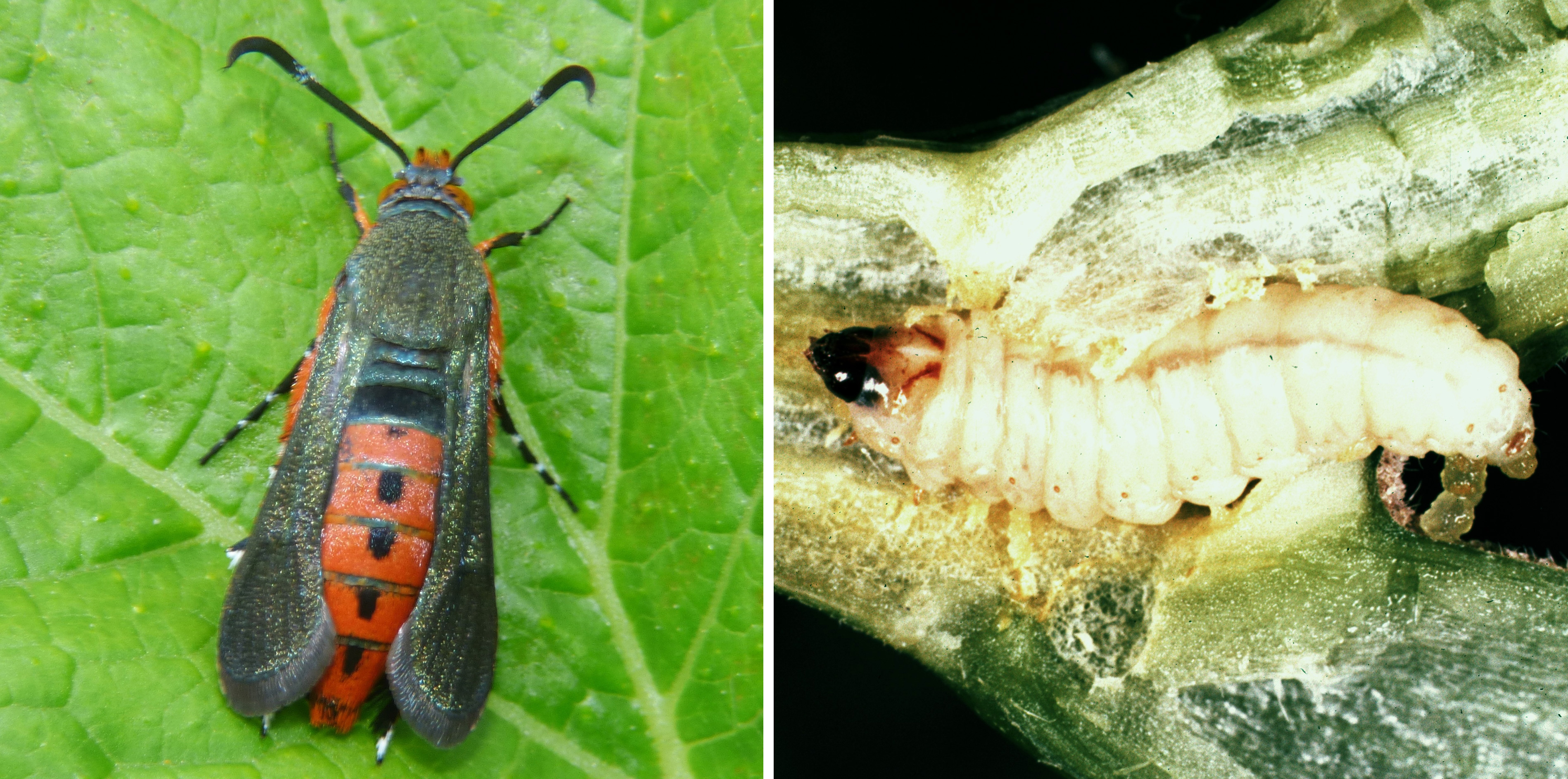Southwest Michigan vegetable update – June 24, 2020
Downy mildew has been confirmed on cucumbers, and the weather on Monday was ideal for spread.

Weather
Temperatures for the week at the Southwest Michigan Research and Extension Center ranged from 74 to 92 degrees Fahrenheit for highs and 58 to 67 F for lows. The 50 F degree-day units are at 848 for 2020 compared to 678 for 2019 and 913 for the five-year average. Rainfall across the area for the week was between 0.3 and 0.5 inches, all on Monday, June 22.
The cool, wet, windy weather on Monday and into Tuesday was ideal for the spread of cucurbit downy mildew. We have had less than an inch of rain over the past three weeks. Some unirrigated sites are beginning to show stress in the sandier areas. Early planted field corn is also showing signs of nitrogen deficiency due to leaching by rain in late April.
Crop reports
Early tomatoes have 2-inch diameter fruit and tomato transplanting is wrapping up. Early bell peppers are just past initial fruit set and transplanting will continue for the next seven to 10 days. Eggplant transplanting is complete. I get many calls on tomato leaves curling (Photo 1). This happens naturally on some varieties and is not a concern. If the leaves are wrinkled, mottled and have other deformities, that could be a concern with pesticide drift, but curling is generally not a concern.
Early sweet corn is tasseling. It is probably a bit early to be concerned about corn earworm, however, European corn borer is active and developing ears need protection. Products that protect against European corn borer will also protect against earworm. Be sure to spray when honey bees are not actively collecting pollen.
Harvest volume is increasing on cucumber, yellow squash and zucchini as more fields come into production. Downy mildew has been reported on cucumber plants in the area, so increase protection on susceptible plants. The weather on Monday was ideal for disseminating spores, therefore assume the disease is now widespread across the area and apply appropriate control products. More information on control can be found at Downy Mildew News from Michigan State University. Unfortunately, there are no organic products effective in controlling downy mildew.
Squash vine borer will be active soon (Photo 2). Summer and fall squash and pumpkins are especially susceptible. Squash vine borer is a day flying, clear wing moth. The female will lay eggs at the base of the plant near the soil line, so protection needs to be on the plant in that area prior to egg emergence. Once the larva has hatched and bored into the stem, it is well protected and difficult to control.




 Print
Print Email
Email

